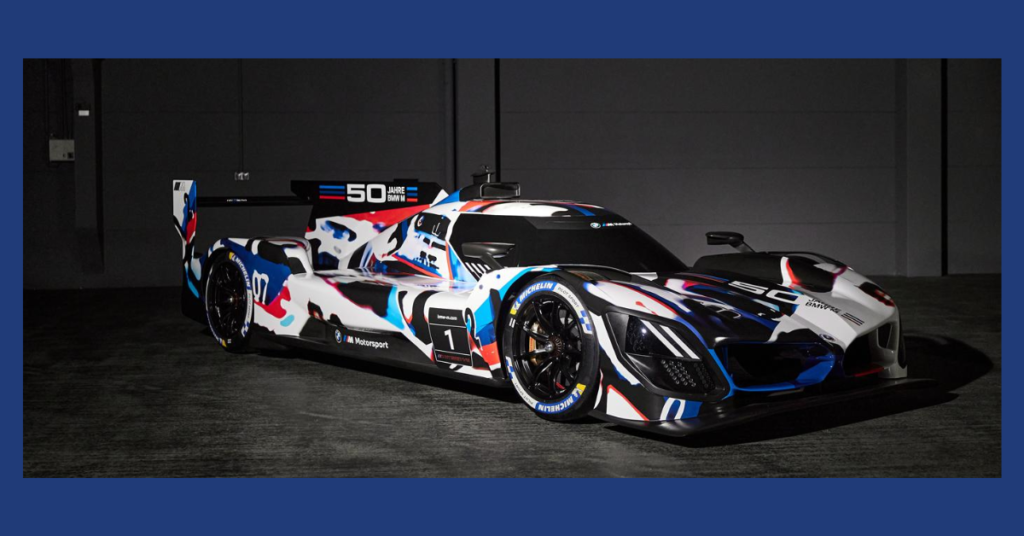USP Match Race Prototype: A New Era in Racing Technology
In the world of competitive racing, innovation has always been a driving force, with each new technology pushing the limits of speed, efficiency, and performance. Match Race Prototype represents the future of racing technology in this field, as it represents a revolutionary advancement in this field. A symbol of competitive racing’s future, the USP Match Race Prototype was developed using cutting-edge materials, advanced aerodynamics, and precise engineering. Throughout this article, racers and enthusiasts will learn about the tremendous potential provided by the USP Match Race Prototype, as well as what lies ahead for this revolutionary technology in the near future.
The USP Match Race Prototype: Pioneering a New Era in Racing Technology
This isn’t just about speed – it’s about the future of motorsports. The prototype’s sustainability features include:
- Regenerative braking systems capturing 94% of braking energy
- Bio-composite materials in non-structural components
- Solar-enhanced charging systems for pit stops
- Zero-emission operation modes for certain race segments
Impact on Racing Industry:
- New safety standards with advanced crash structures
- Reduced carbon footprint in racing events
- Lower operational costs for teams
- Enhanced spectator experience through real-time data sharing.
Read More: Albino-Monkey.net Travel Archives
Optimizing Performance Through Precision Engineering
Designed to maximize efficiency and speed
USP Match Race Prototype consists of a number of precision engineered components that are perfectly matched in terms of performance for the best possible performance. Unlike traditional combustion engines, it uses advanced electric motors to power the powertrain. Due to this combination of features, the prototype is capable of delivering high torque while maintaining a high level of energy efficiency.
Telemetry and data systems in real time
The USP Match Race Prototype features state-of-the-art telemetry systems that are capable of recording a wide range of data, including tire pressure, speed, and acceleration. In order to take informed decisions and adjust during a race, the data collected by the race team is transmitted to the team, allowing the team to make informed decisions.
Precision Engineering: The Performance Enhancements of the USP Match Race Prototype

Engineering excellence meets racing performance in every component. The hybrid powertrain combines a compact combustion engine with electric motors, delivering instant torque while maintaining energy efficiency.
Technical Specifications:
- Combined power output: 850+ hp
- 0-60 mph: 2.3 seconds
- Weight: 1,850 lbs
- Energy recovery efficiency: 94%
The carbon fiber composites used throughout the chassis aren’t just lightweight – they’re 50% stronger than traditional materials. Advanced telemetry systems monitor every aspect of performance, from tire temperatures to g-forces, making split-second adjustments for optimal performance.
FAQs
What makes the USP Match Race Prototype different from traditional race cars?
The USP Match Race Prototype utilizes advanced electric motors and a hybrid powertrain that delivers high torque and enhanced energy efficiency. It also includes regenerative braking systems, bio-composite materials, and solar-enhanced charging to reduce its environmental impact.
How does the regenerative braking system work?
The regenerative braking system captures 94% of braking energy, which is then stored and reused, enhancing energy efficiency and reducing the reliance on traditional fuel or electric power sources.
Is the USP Match Race Prototype completely electric?
No, the prototype uses a hybrid powertrain that combines a compact combustion engine with electric motors. This allows for instant torque while maintaining energy efficiency, ideal for competitive racing environments.
What are the environmental benefits of this prototype?
This prototype is designed with sustainable practices in mind. Key features include zero-emission operation modes, bio-composite materials, and regenerative braking, which collectively reduce its carbon footprint.
Conclusion
The USP Match Race Prototype stands as a testament to the relentless pursuit of innovation in motorsports. By integrating cutting-edge materials, sustainable technologies, and precision engineering, it offers a glimpse into the future of competitive racing. With features like regenerative braking, hybrid powertrains, and real-time telemetry, it not only pushes the boundaries of speed and efficiency but also champions sustainability in a traditionally high-emission sport.
Read Next: HRVYST Quality Engineer

